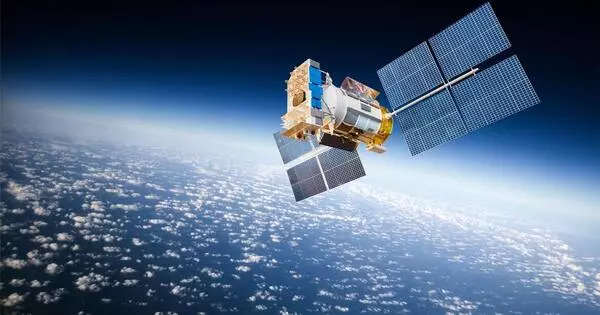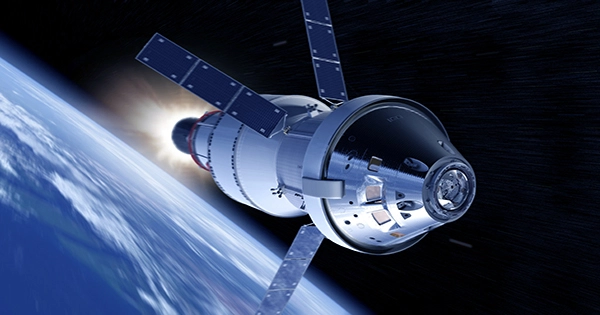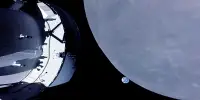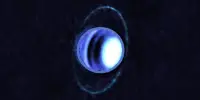The orbit of an asteroid was successfully diverted by a NASA spacecraft on September 26 from a distance of seven million miles, passing a historic test of humankind’s ability to prevent a celestial object from destroying life on Earth. At 7:14 p.m. Eastern Time, ten months after departing from California on its trailblazing mission, the Double Asteroid Redirection Test (DART) impactor successfully struck its target, the space asteroid Dimorphos (2314 GMT).
The space agency estimates that more than 2 million pounds (1 million kilos) of pebbles and dust have already been thrown into space from the asteroid. Scientists estimated that there was material available to fill six to seven rail carriages.

“The team is using that data – along with new information on the composition of the asteroid moonlet and the characteristics of the ejecta, gained from telescope observations and images from DART’s ride-along Light Italian CubeSat for Imaging of Asteroids (LICIACube), contributed by the Italian Space Agency – to learn just how much the asteroid was moved by the initial impact of DART and how much came from the recoil,” NASA said in a press release.
The mission was excellent for target practice because neither Dimorphos nor the larger asteroid it orbits, Didymos, are hazardous to Earth. The team from the space agency calculated that the momentum transferred when DART collided with Dimorphos was roughly 3.6 times greater than if the asteroid had simply absorbed the spacecraft and produced no ejecta (the numerous tons of asteroidal rock displaced and launched into space by the impact). This suggests that the ejecta moved the asteroid more than the spacecraft did. On the premise that Didymos and Dimorphos have equivalent densities, this is based.
Up until the last hours of the journey, DART was primarily piloted by NASA flight directors until autonomous onboard navigation software took control. DART was launched by a SpaceX rocket in November 2021.
















